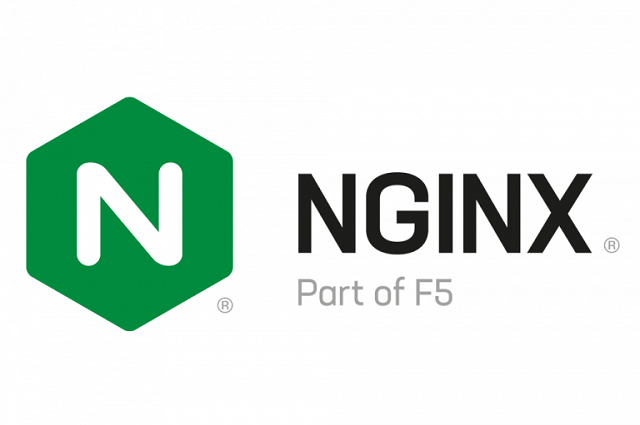On Tuesday, F5 Networks owned NGINX, Inc. Announced via the official blog: Co-founder Igor Sysoev has opted out of NGINX and F5 to spend more time with his family and pursue personal development. His relationship with NGINX began in the spring of 2022. Through an in-depth look at the rapid development of the early Internet, it envisions a better way to handle web traffic.

(From NGINX Blog)
This novel architecture makes it easier for high-traffic sites to cope with tens of thousands of concurrent connections and cache rich content, such as photos or videos that could previously slow down web pages.
Fast forward 20 years, and Igor's code is powering most websites running on the planet — and is directly on the software floor for popular services like Cloudflare, OpenResty, and Tengine.
Rob Whiteley writes:
Many say Igor's vision forms a key component of today's network. And it is based on this value that NGINX, Inc. The company also came into being.
With the blessing of open source and community, it is committed to achieving superior code and transparency while creating commercial goods that customers love.
But apparently, NGINX can reach its current height, and it is not easy to balance.
On the one hand, Igor is highly regarded by the community, developers, enterprise customers, and NGINX engineers.
His humble, studious qualities, and persistence in making great software are testament to his leadership by example.
The first on the right is Igor Sysoev
The son of an officer, Igor was born in a small Town in Kazakhstan during the Soviet era. When he was one year old, the family moved to Almaty, the capital of the country.
Igor has been obsessed with computers since childhood and wrote his first line of code on Yamaha MSX in the mid-1980s. In the early days when the Internet began to take shape, Igor graduated from Moscow State Bauman Technical University with a degree in computer science.
He then took a job as a system administrator while continuing to write code, culminating in 1999 releasing his first assembly language program, an anti-virus software that protected against the 10 most common computer viruses of the time.
The sharing spirit of Igor released the binary files of the AV program for free and was widely used in Russia for many years.
One day, he suddenly realized that the connection handling methods of the early Apache HTTP servers were difficult to meet the needs of the evolving World Wide Web, so he began to work on a solution that would later be called NGINX.
For seven years, Igor was the sole developer of NGINX code, writing hundreds of thousands of lines of code. And NGINX evolved from a web server and a send-to-proxy to a "Swiss Army knife" that could be used in a true web application and service.
Thanks to support for key features such as load balancing, caching, security, and content acceleration, NGINX quickly gained a huge market share — even though Igor himself had little time to advertise and the project's documentation was relatively limited.
However, as a high-quality project, this did not stop the rapid promotion of NGINX's normal work bin, more and more developers and system administrators began to use it to solve the corresponding problems and speed up their websites, and Igor himself has always maintained a very humble attitude.
To accelerate development, Igor joined Maxim Konovalov and Andrew Alexeev in 2011 to form NGINX, Inc. firm.
While securing cash flow, the NGINX team remains committed to maintaining the open source license and its integrity.
Eventually, under Igor's leadership, the company has continued to improve its open source products since its inception (more than 140 versions have been released) and support hundreds of millions of websites today.